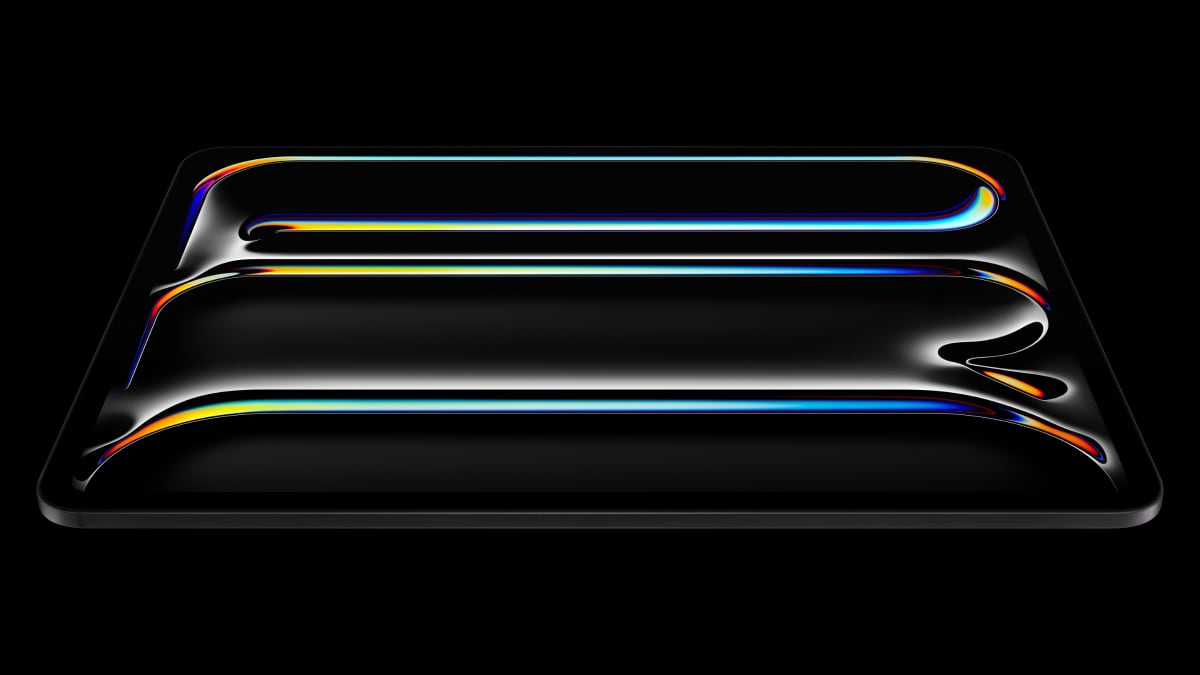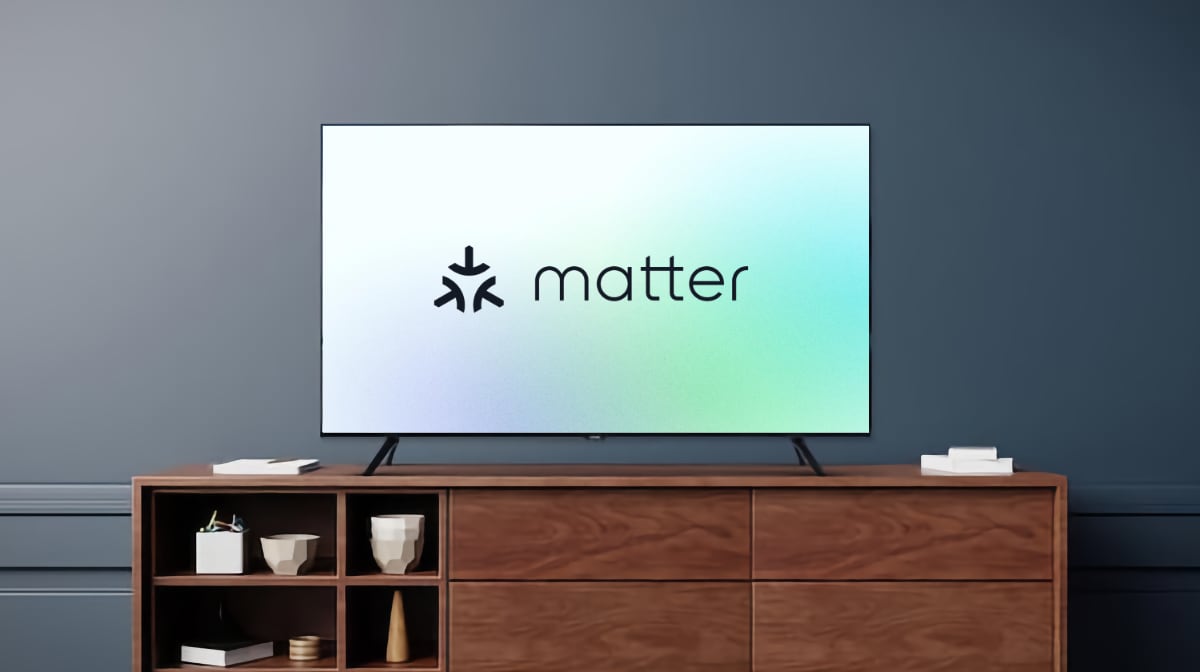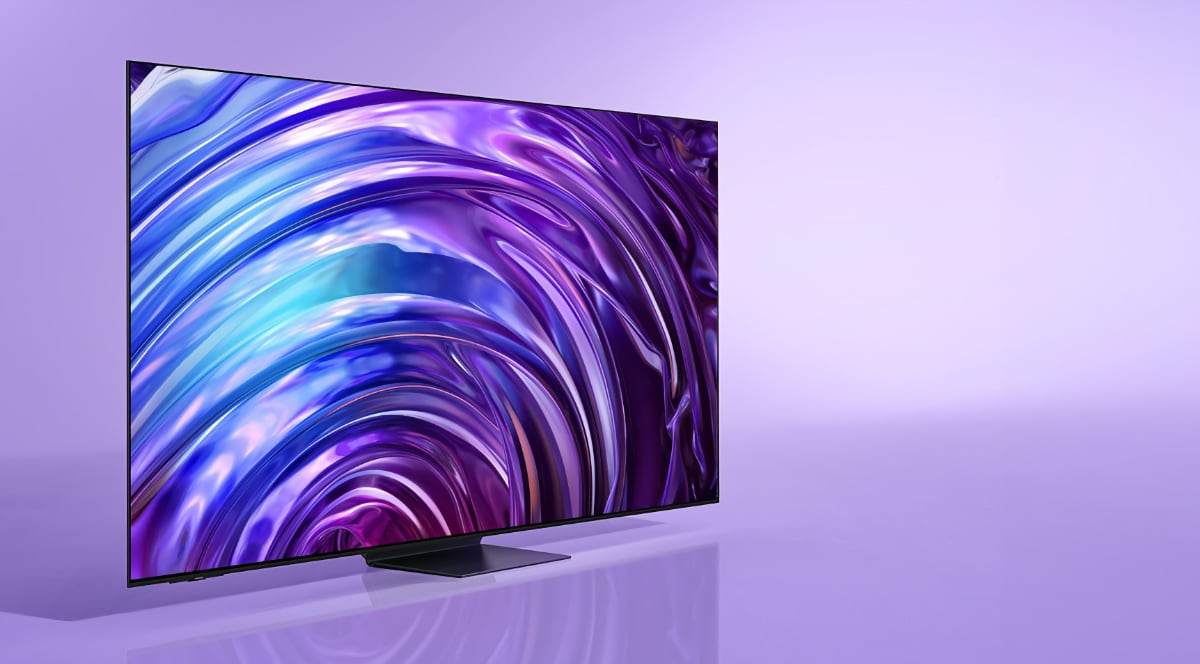What characterizes a good mainstream display panel technology for monitors? It has to be “good enough” for the average user and it must be cheap, thus cheap to produce. In the past TN panels satisfied those needs but now it seems that IPS panels are slowly replacing TN panels in our monitors - and we applaud the change. But why is it happening?
IPS panels replacing TN panels
TN panels have been extremely popular in PC monitors for many years even though TN panels are generally inferior in all aspects except gaming. Still, almost every monitor announced by top monitor makers in the 00’s and 10’s included a TN panel. This is changing and we have observed a trend towards IPS monitors. Almost every new monitor today includes an IPS panel – even the cheap ones. And we could not be happier about that fact (while waiting for OLED monitors to show up).
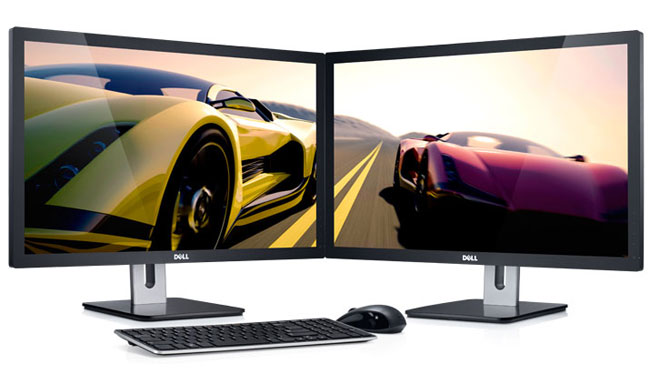
Dell’s UltraSharp monitors have been some of the most popular IPS monitors in the recent years
But why is that? TN panels have always been cheap to produce and therefore inferior display technology has been foisted upon us by panel manufacturers. Why the change? There are a number of reasons but first and foremost you can thank the smartphone and tablet makers.
Thank the smartphone and tablet makers. The mobile revolution has pushed IPS panels and abandoned TN panels
Smartphone makers started using TN panel in early big-screen touch models but quickly found out that smartphones are used extensively and that the screen is actually the element that users interact with constantly. Therefore it needs to be top notch. They switched to IPS panel technology and IPS panel technology made it into public awareness with the introduction of the original iPad and the iPhone 4.
When smartphone demand started to surge, TV and PC monitor demand growth started to slow - even decline in some places. The panel manufacturers started to allocate more resources towards mobile display production and the production halls became optimized for IPS panels. IPS panel technology became cheaper to produce because it went from niche into mainstream. It is a classic tale of economics of scale.
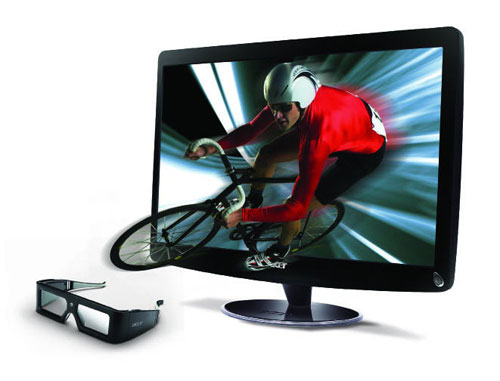
TN panels are still a lot faster and the 120 Hz variants should be preferred for gaming but besides that TN panels are inferior in almost every aspect
The other driver has been IPS licensing. Most smartphone makers claim to use an IPS panel but often it is actually FFS (fringe field switching), licensed from Hydis. It is very similar to IPS in characteristics but not many manufacturers have the right to use LG’s IPS technology. Some have also made the extra step to develop their own IPS variant, such as Samsung who has developed PLS (plane to line switching).
VA panels are dying
Remember Samsung’s PVA and SPVA monitors? They were often recommended and had much deeper blacks than any IPS based monitors. PVA panels are actually still used in all of Samsung’s LED/LCD-TVs today but in the monitor world AUO and Samsung has fought a bitter fight over patents related to VA panels. At one point we heard that Samsung had stopped PVA monitor panel production but we were unable to confirm that.
Nevertheless, VA monitor panels seem to be dying. Only a fraction of the monitors announced in recent years use VA panels. Litigation is one of the reasons but the main reason is again production choices. VA is not a very good technology for smartphones and tablets because of the higher power consumption and narrow viewing angles. So, panel manufacturers have no incentive to switch panel production to VA when IPS is growing.
There you have it. It seems that IPS panels are growing in popularity and IPS panel technology will replace TN panels in most monitors in the next few years. The only question that remains; will TN panels survive in the 120 Hz gaming segment? And will TN panels actually start to become more expensive to produce, thus more expensive to buy? Let us see what happens from here in a monitor market that has been haunted by inferior display technology for far too long.
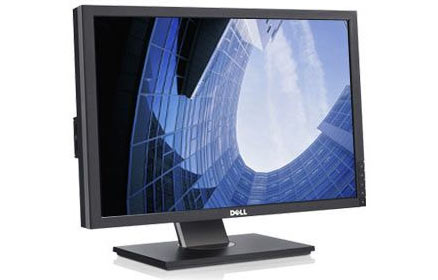 Are IPS panels replacing TN panels in monitors?
Are IPS panels replacing TN panels in monitors?



